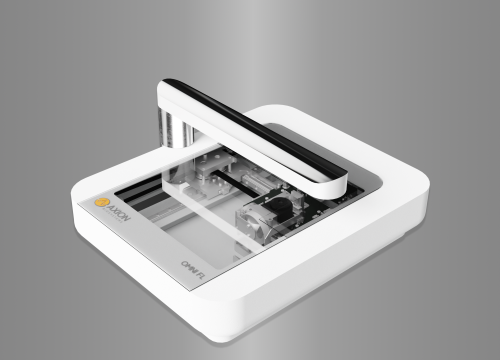Authors: Veschini L, Sailem H, Malani D, Pietiäinen V, Stojiljkovic A, Wiseman E, Danovi D.
Leukemia Stem Cells. Methods in Molecular Biology, vol 2185, 2020
Increasingly powerful microscopy, liquid handling, and computational techniques have enabled cell imaging in high throughput. Microscopy images are quantified using high-content analysis platforms linking object features to cell behavior. This can be attempted on physiologically relevant cell models, including stem cells and primary cells, in complex environments, and conceivably in the presence of perturbations. Recently, substantial focus has been devoted to cell profiling for cell therapy, assays for drug discovery or biomarker identification for clinical decision-making protocols, bringing this wealth of information into translational applications. In this chapter, we focus on two protocols enabling to (1) benchmark human cells, in particular human endothelial cells as a case study and (2) extract cells from blood for follow-up experiments including image-based drug testing. We also present concepts of high-content imaging and discuss the benefits and challenges, with the aim of enabling readers to tailor existing pipelines and bring such approaches closer to translational
